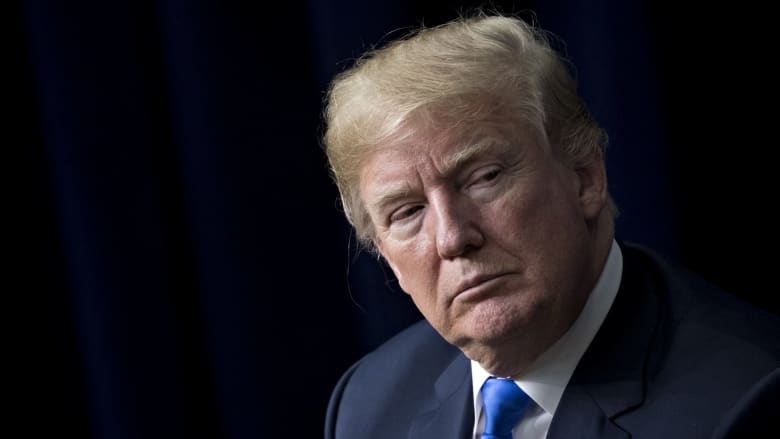From Bob Doll at Nuveen:
“There have been several risk-off phases this decade, triggered by economic threats due to politically induced setbacks. However, the current sluggish global economy and weak trade, coupled with escalating trade tariffs and non-tariff barriers, is a worrisome combination. This is especially true because once protectionism has gained momentum, it may prove difficult to stop or reverse. While many risk asset prices are only off modestly from April highs, there’s an ominous undercurrent in global financial markets.
We have assumed that the pro-growth bias of both the U.S. and China would lead to a trade truce. That premise looks increasingly questionable, although a deal is always possible. Given that financial markets have not reacted more significantly, investors are still generally expecting the global economic expansion to persist.
Despite the longer-term power struggle, the constructive case for a trade deal between the U. S. and China was predicated on President Trump focusing on the short-term win, while the Chinese look to the longer-term. This difference in political time horizons made a deal possible. Now, the focus for both parties has shifted to long-term strategic objectives, resulting in a stalemate. A financial market downturn may be needed to break the impasse. An extended period of churning could develop if trade talks resume, but without signs of a resolution.
The current market weakness differs from prior periods of economic uncertainty during this decade. There has always been a path to a positive outcome for growth and risk assets, primarily via additional policy stimulus. However, the economic and market outcome this time has become more uncertain, and time will not work towards a positive outcome unless trade negotiations improve. Business sentiment will erode if mounting trade roadblocks and uncertainty do not diminish. Protectionism tops the list of recession catalysts, and a permanent deterioration in U.S./China trade relations could have adverse long-term revenue ramifications for global trade and growth.”
My thoughts:
- A trade deal was never going to happen. Long-term objectives of the CCP and the US are in direct conflict and headed for a collision.
- Trump deserves credit for confronting the issues rather than kicking the can down the road as Obama did (Paul Krugman highlighted the problem in 2010).
- Trump is the least likely President to negotiate a peaceful resolution to this hegemonic struggle. Diplomacy and building trust are not his forte.
- Trust is low, eroding any chance of a face-saving public accord.
- An agreement would simply be a band-aid, not a long-term solution (see my first point).
- The impact on business will not be catastrophic but earnings growth will slow.
- The market is unsure how to react. Yet. If it does make up it’s mind that this is bad for business, there won’t be enough room in the lifeboats. A down-turn could be sharp and hard.
- Sell down to the sleeping point.
” I am carrying so much cotton that I can’t sleep thinking about it. It is wearing me out. What can I do?”
“Sell down to the sleeping point,” answered the friend.~ Edwin Lefevre: Reminiscences of a Stock Operator (1923)

Colin Twiggs is a former investment banker with almost 40 years of experience in financial markets. He co-founded Incredible Charts and writes the popular Trading Diary and Patient Investor newsletters.
Using a top-down approach, Colin identifies key macro trends in the global economy before evaluating selected opportunities using a combination of fundamental and technical analysis.
Focusing on interest rates and financial market liquidity as primary drivers of the economic cycle, he warned of the 2008/2009 and 2020 bear markets well ahead of actual events.
He founded PVT Capital (AFSL No. 546090) in May 2023, which offers investment strategy and advice to wholesale clients.









































You must be logged in to post a comment.